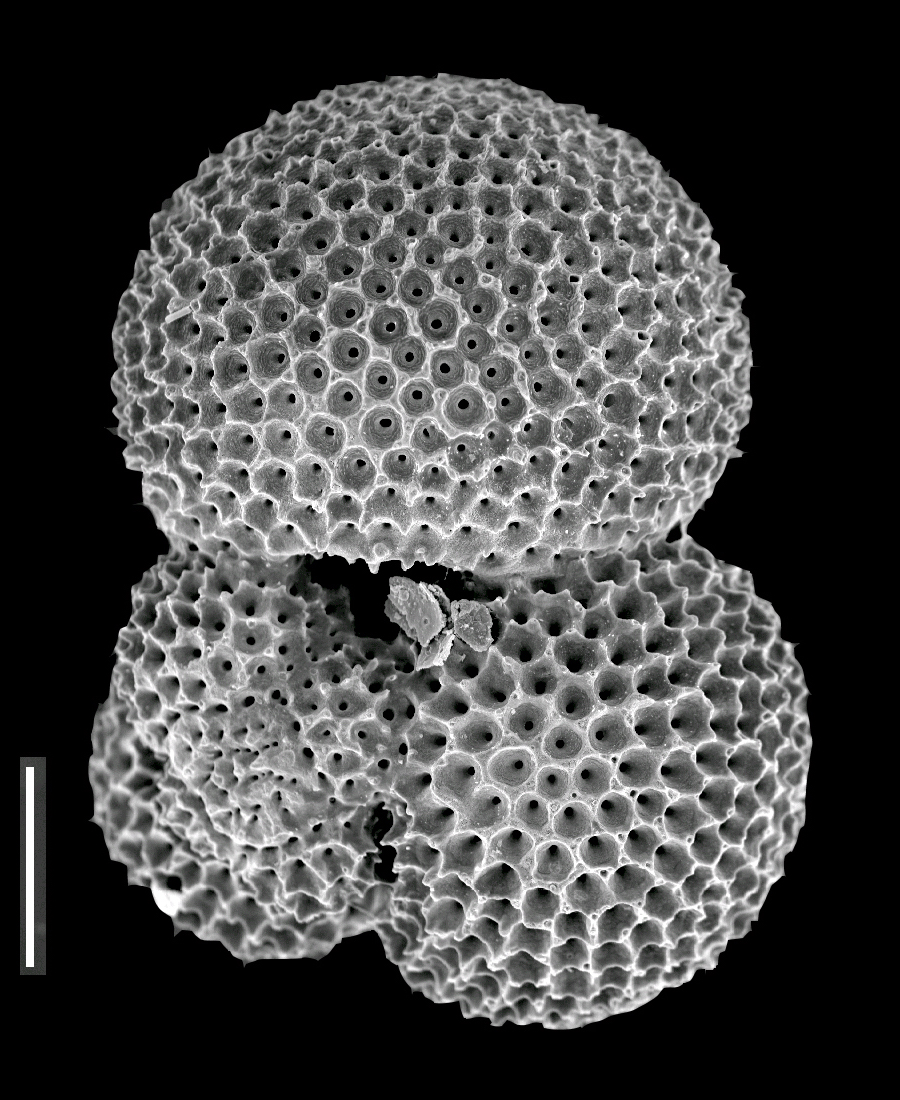Salt delivery from the Indian Ocean helped end the ice ages
Scientists from St Andrews and Cardiff Universities, along with international colleagues, have discovered the source of warm super salty water that rushed up the Atlantic 15,000 years ago, ushering in the end of the last ice age.
The study, published in Nature (Wednesday 10 May 2023), comes as ocean temperatures are reaching record highs and waters in the Atlantic and Southern Oceans become fresher due to ice sheet melt, which could further impact ocean circulation and global climate.

The team measured the chemical fingerprints locked in microscopic fossil shells to reconstruct the temperature and salinity of the seawater in which the shells grew. By taking samples of these fossils going down a 40-metre-long core of deep-sea mud, they were able to fathom the history of ocean temperature and salinity during each ice age cycle of the last 1.5 million years.
The results show that during the peak of each ice age, waters in the Indian Ocean became super charged with salt. The scientists show this was driven by a restriction of the fresh-water currents that usually enter the Indian Ocean from the Pacific, allowing the Indian Ocean to become saltier, like a giant salt pan.
Lead author Sophie Nuber said: “Under the hot sunshine of the subtropics, seawater evaporates and gets saltier. Typically in the Indian Ocean this salt is diluted by fresher waters flowing in from the Pacific, but during the ice ages this current was cut off by a drop in sea level, so the salt could build up undiluted.”
Sea level fell globally by as much as 120 metres during the ice ages, due to the locking up of water evaporated from the ocean in giant ice sheets. The team showsthat this process would have repeatedly cut off the fresh water currents that snake into the Indian Ocean through the Indonesian archipelago, as much of the seafloor in this region became land when water levels fell.
The salty waters remained trapped in the Indian Ocean until the end of the last ice age, when a shift in winds and currents allowed them to burst into the Atlantic. This in turn helped re-establish the Atlantic current system that warms the UK and Northwest Europe from its weakened glacial state.
Professor Steve Barker, one of the study authors, said: “We discovered more than ten years ago that the end of the ice age saw a massive pulse in Atlantic currents, which helped usher in warmer inter-glacial conditions. Our new study shows that the salt that helped make these currents so dense and powerful was sourced from more than 10,000km away in the Indian Ocean.”
Warm salty currents continue to flow through the Atlantic today, yet are starting to weaken due to input of freshwater from melting ice sheets, which could trigger a series of knock-on climatic impacts.
Dr James Rae, from the University of St Andrews, said: “Our work shows how different parts of the climate system are surprisingly inter-connected. Changes in circulation and salinity in one part of the ocean can have huge impacts on the other side of the planet, so we need to stop global warming to prevent further disruption to these critical circulation systems.”
The paper, ‘Indian Ocean Salinity build-up primes Deglacial Ocean Circulation Recovery’ is published in Nature (Wednesday 10 May 2023) and will be available online after the embargo lifts.
Please ensure the paper’s DOI number (10.1038/s41586-023-05866-3) is included in all online stories and social media posts and that Nature is credited as the source.
Issued by the University of St Andrews Communications Office.